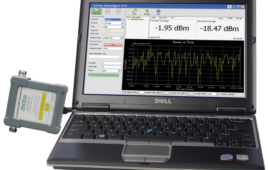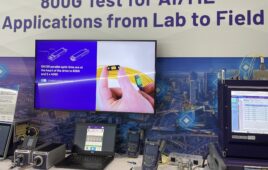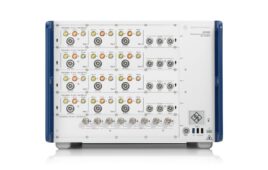Use the free test tool to check your radio and protocols before bringing your low-power IoT device to a lab for certification.
IoT devices that monitor physical conditions such as water quality, soil quality, and air quality often must operate in remote locations where power isn’t available. These devices typically transmit data is small quantities–a few bytes to a few kilobytes—and at intervals of minutes, hours, or days. They often don’t need a high-bandwidth wireless connection to a server but may need a range that far exceeds that of cellular, and Wi-Fi links. That’s where Long Range (LoRa) wireless communications fits in.
Developed by Semtech, LoRa (or LoRaWAN) is a low-power wireless technology that operates on unlicensed frequencies such as 902 MHz to 928 MHz in North America. Within that frequency range, LoRaWAN contains 64 uplink channels at 125 kHz per channel plus eight downlink channels at 500 kHz per channel. Data rates range from 290 bps to 50 kbps.
Driven by the LoRa Alliance, LoRaWAN defines the physical (radio) and protocol specifications needed to ensure compatibility and interoperability among remote devices and servers. The alliance oversees specification development, marketing, and testing of devices. Recently the LoRaWAN Alliance has developed and published the LoRaWAN Certification and Test Tool (LCTT) that engineers can download and use to perform radio and protocol testing before sending products to a certified LoRaWAN test lab.
In the video below, 5G Technology World spoke with Derek Wallace, who leads the marketing team at the LoRa Alliance and Derek Hunt, LoRa Alliance Director of Certification and the Certification Committee Chair about the LoRaWAN technology, the LCTT, and the certification process.




Tell Us What You Think!